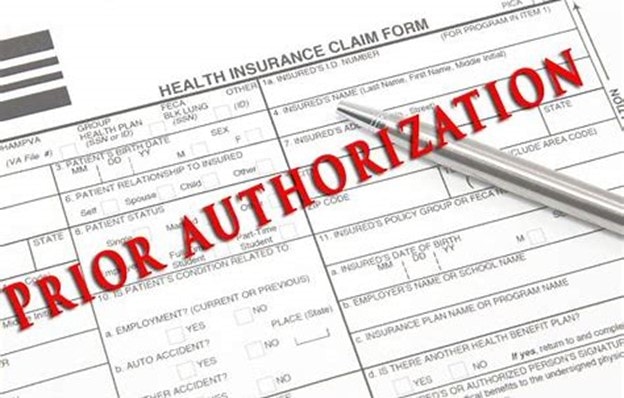On December 6th, the Centers for Medicare and Medicaid Services (CMS) proposed a new rule containing requirements aimed at improving patient and provider access to health information, as well as streamlining processes relating to prior authorization for medical items and services. This has many writers churning out breathless summaries of the exciting highlights of this proposed rule, which include:
- Selected payers will be required to implement an electronic prior authorization process, as well as shorten the acceptable time frame for payers to respond to existing authorization requests.
- Urgent/expedited requests must receive a response from payers within a 72-hour window, and standard requests must be handled within seven calendar days (cutting the existing requirement in half).
- Specific payers are required to implement standards that would enable exchange of this prior authorization activity data amongst payers, to support patients who switch plans, or who have concurrent coverage.

It sounds great, right?
But this announcement should not be exciting new news to anyone. This “new” rule in fact withdraws a nearly identical rule that was already issued for public comment on December 10th, 2020, with the very catchy proposal name of CMS-9123-P. CMS-9123-P emerged out of the Interoperability and Patient Access final rule (the also memorably titled CMS-9115-F).
The guidelines in December 2020 proposed in CMS-9123-P were initially set to be enforced as of January 1st, 2023. Metrics on prior authorization data were to be provided by the payers no later than March 31st, 2023. Enforcement of the rules would not begin until 2026.
Beyond the date, the modifications are minor. On the technology front, impacted payers will be required to use the health information technology (IT) standards at 45 CFR 170.215 that are applicable to each set of API requirements proposed in this rule, including the HL7 Fast Healthcare Interoperability Resources (FHIR) standard, the HL7 FHIR US Core Implementation Guide, and the HL7 SMART Application Launch Framework Implementation Guide[1]. More information on FHIR, and in particular the payer workgroup for FHIR use cases, e.g., prior auth., resides within the Da Vinci Project.
Other modifications worth noting are that Medicare Advantage plans that were previously excluded from the first proposal are not specifically included in this latest iteration either. CHIP FFS and Medicaid plans are able to request extensions to the compliance deadline in 2026. Lastly, there will be a new MIPS measure to assess compliance to this rule, which did not exist in the previous version.
Interestingly, the original comment period was only 17 calendar days — one of the shortest on record. Despite such a short period, CMS received over 250 comments during that brief window. Pushback and requests for extensions overwhelmingly came from payers, who repeatedly referenced the “state of the healthcare industry” and the COVID-19 impact as justification for the initially proposed rule. Had hospitals known they would find themselves in such a poor financial state then as they do now, they may have argued just as fiercely for keeping the original deadlines in place, given that they are the group that stands to receive the largest benefit from removing administrative burden of prior authorization using traditional processes and timelines.
[1] https://public-inspection.federalregister.gov/2022-26479.pdf




0 Comments